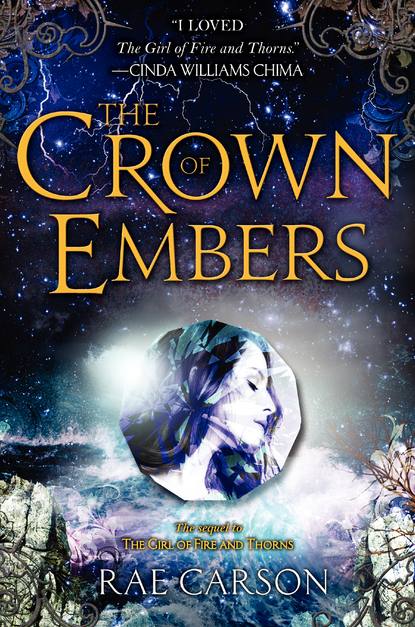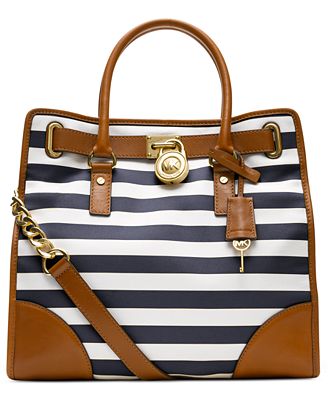 Title: The Crown of Embers by Rae Carson
Title: The Crown of Embers by Rae CarsonPublisher: Greenwillow Books
Genre: Fantasy
Publication Date: September 18, 2012
She does not know what awaits her at the enemy's gate.
Elisa is a hero. She led her people to victory over a terrifying, sorcerous army. Her place as the country's ruler should be secure. But it isn't.
Her enemies come at her like ghosts in a dream, from both foreign realms and within her own court. And her destiny as the chosen one has not yet been fulfilled.
To conquer the power she bears once and for all, Elisa must follow the trail of long-forgotten--and forbidden--clues from the deep, undiscovered catacombs of her own city to the treacherous seas. With her goes a one-eyed spy, a traitor, and the man who--despite everything--she is falling in love with.
If she's lucky, she will return from this journey. But there will be a cost.
In celebration of The Bitter Kingdom, which comes out today, I've decided to post my thoughts on The Crown of Embers, which I just finished last week. Let me start off by saying that I really enjoyed this book. I started it back in January after I devoured The Girl of Fire and Thorns on my flight back to school, and even after picking it up seven months later, the story was still fresh in my mind. I had my issues with the first book, and I had my issues with this book, so I think I ultimately enjoyed them about the same once I weighed my pros and cons, but this ending definitely left me more pumped for the next book than the ending of The Girl of Fire and Thorns did. I will preface this review by saying that spoilers for the first book may appear unmarked in this review—I have tried to mark them, but just as an extra layer of protection, you have been warned.
1. Characters 4/5
My favorite part of this book (and the first one) was Hector. He is probably one of my favorite male leads, because despite being young, he is calm, level-headed, funny, respectful, loyal, and kind. I loved his friendship with Elisa in book 1, and I love the way their relationship develops here, based on mutual respect for the other's abilities. I have mad respect for Hector, and that respect only grew as the book went on, (SPOILER FORTHCOMING: especially when he refused to become her lover because he wanted their relationship to be an equal partnership).
My second favorite part of the book was probably Elisa's growth. Even though Elisa's story follows the standard coming of age model—feel a lack, hear about some object or thing that will help fill that lack, quest for that object, realize that you didn't need an object, but what you were lacking was inside you all along—watching her grow, struggle, and figure things out for herself throughout the story was truly a joy. The new characters Carson introduces were well-developed and all interesting in their own right, so the main cast is rounded out by a great cast of secondary characters. Felix and Tristan were personal favorites.
2. The Relationship 4/5
What I appreciate about this series is that Carson is not afraid to keep you guessing at what exactly will happen relationship-wise, or at least how it will happen. While I had hoped for Hector x Elisa in the first book, I thought it highly unlikely once the potential love triangle had been proposed. However, Carson (gleefully, I like to imagine) threw both legs of that triangle out the window (SPOILER: when she axed both Alejandro and Humberto) in book 1. Even in the first half or so of this book, it was not clear who Elisa would end up with—legally anyway. I was not disappointed in the development of the Hector x Elisa relationship as I said, though I felt like it changed partway through the book after the admission of their feelings in the sewers. I understood why it changed, but drama really doesn't suit their relationship. I think they were definitely at their best as friends. I hope the dynamic comes back in book 3. What's best about this relationship, though, is that it has not derailed the story as romance so often does in YA.
3. Ambiance
As before, the world of Joya d'Arena comes to life from page one. I really love the environment Carson has created for us, and while I know the religious aspects have bothered some people, it didn't really bother me. I thought Carson continued to handle it fairly well.
4. Writing 5/5
Carson's writing is absolutely gorgeous! Definitely a highlight of this series, and the reason I am so eagerly anticipating Bitter Kingdom's arrival in the mail any second now. I can't pin down exactly what it is that I like about her writing either. Just that I've been reading The King's Guard, Hector's novella, and she has a way of pulling me into her world seemingly effortlessly. I open my Kindle app, and I'm lost instantly. It's a rare treat for e these days and absolutely the best feeling.
5. Pacing 4/5
The pacing of this story was quite nice. Carson does a great job keeping the political and personal intrigue coming from every angle, though I do wish that we had a few more clues to try and figure out what was going on as readers as opposed to just being told in the end what everyone was up to. The beginning of the book was a bit slow for me, but mostly because I couldn't get interested in the opening event of the story (not because we didn't jump right into the story with little to no preamble—a plus in my opinion).
Overall: 4/5
I was pleased with the story and the way it developed, though there were some places that bothered me: Tristan's big secret—I feel like the way it was revealed was somewhat contrived. I guess I can rationalize how it happened, but it tugs at the back of my mind even then. Ximena—(SPOILER: maybe it was more about finding a reason to shed the mother figure who's been hovering of Elisa's shoulder, but I couldn't shake the feeling that we were supposed to see her as kind of a bad guy here, and I really couldn't.) The anti-pregnancy drug—this isn't really specific to this story, but I feel the need to address it because it really distracted me as I read. In a lot of YA fantasy where a sexual relationship may develop, we always learn of a convenient plant or drug that stops pregnancy, usually just before the sexual relationship potential becomes relevant, and I'm left wondering why the involved parties can't just own up to what they're about to do and prepare to face whatever consequences may come from that act?
As I said, I enjoyed this about as much as I enjoyed The Girl of Fire and Thorns, and would recommend you give it a read if for no other reason than to revel in Hector's glory and to experience the beauty that is Rae Carson's writing.









